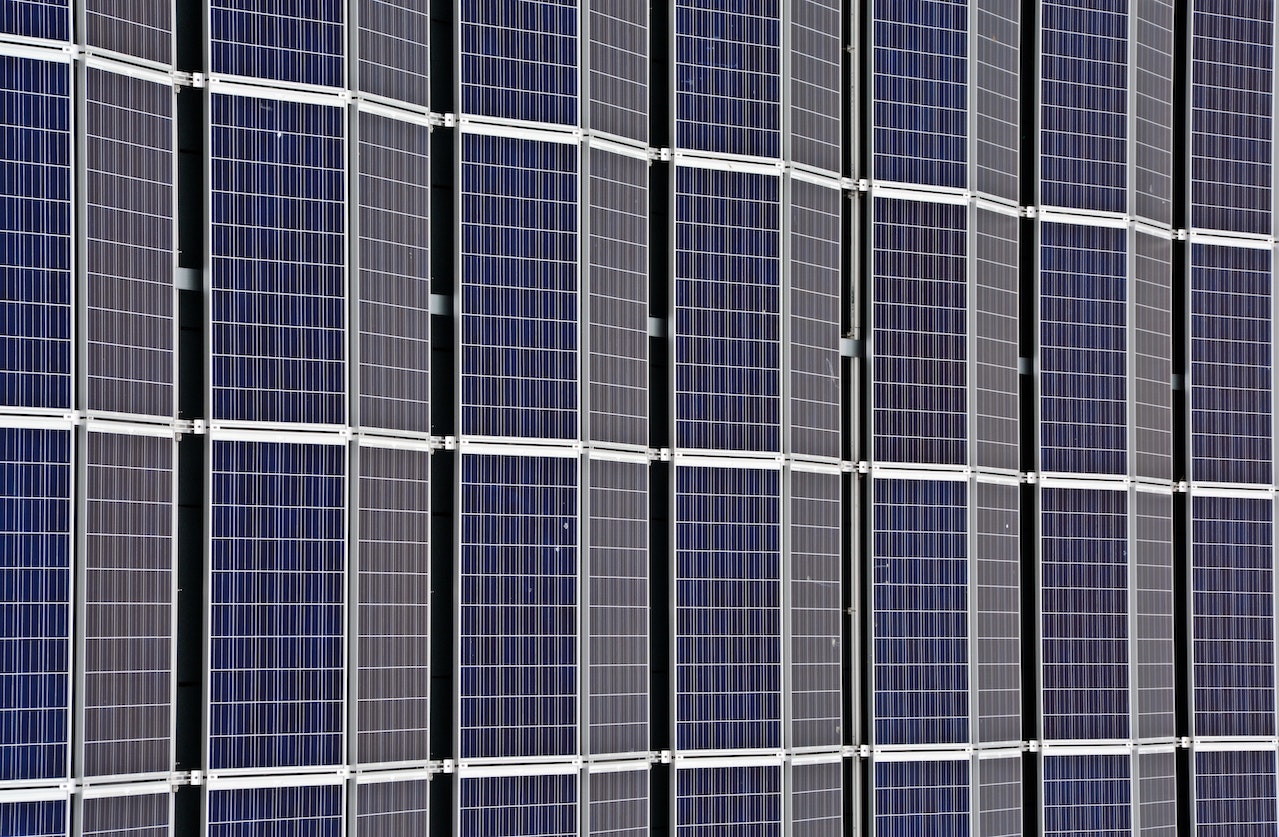Russian scientists at two universities – St. Petersburg State Electrotechnical University “LETI” and St. Petersburg National Research Academic University- created materials that are highly resistant to aggressive media and can maintain their properties even in the vacuum of space while increasing the efficiency of solar panels, local media reported.
Today, the main element in photovoltaic modules is silicon. Still, its capabilities have reached their maximum, as a result of which it will no longer be possible to increase the efficiency of solar generation based on silicon seriously.
Researchers worldwide are looking for an alternative to a chemical element and trying to modify it to improve its quality.
As Alexander Gudovskikh, one of the co-creators of the nanoscale substance, says, they synthesized microscopic crystals with a multilayer structure of gallium phosphide placed on a silicon base.
To create an ordered structure, scientists used the method of atomic salt deposition. After studying the materials obtained, it became clear that microcrystals would increase the performance of a solar battery by several percent, making it more efficient.
An increase of even a couple of percent for solar generation is an excellent indicator, so the development of St. Petersburg scientists can be considered a significant result.
The previously mentioned durability of the new composite material could also find wide application in the space industry.
In their work to create a new material, Russian physicists proposed using silicon with a hole type of conductivity. As scientists found out, the composites obtained on its basis turned out to be more resistant to such aggressive environments as space conditions.
The researchers deposited the elements on the substrate in a special order, during which a gallium atom was attached to each silicon atom. After that they added phosphine, which was then embedded in the composite used in solar panels.
“This research is one of the “bricks” on the way to our construction of a new, more efficient, and durable class of elements for solar energy. Of course, based on the created materials, we have already received only the prototypes of solar cells. However, the main task is to create a specific device that could be introduced into the industrial production of solar cells,” Alexander Gudovskikh commented on the study.

